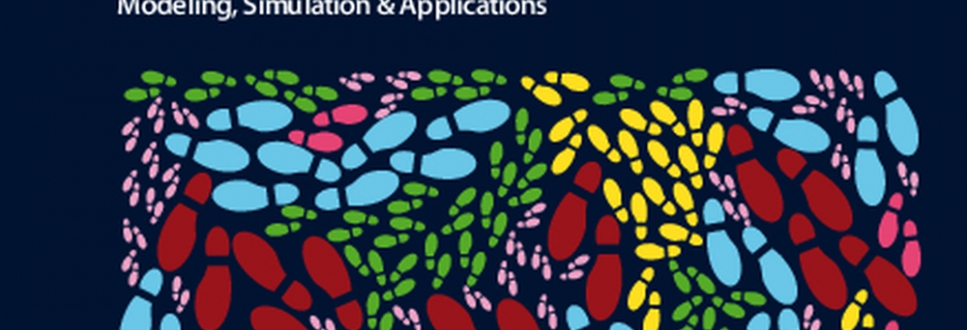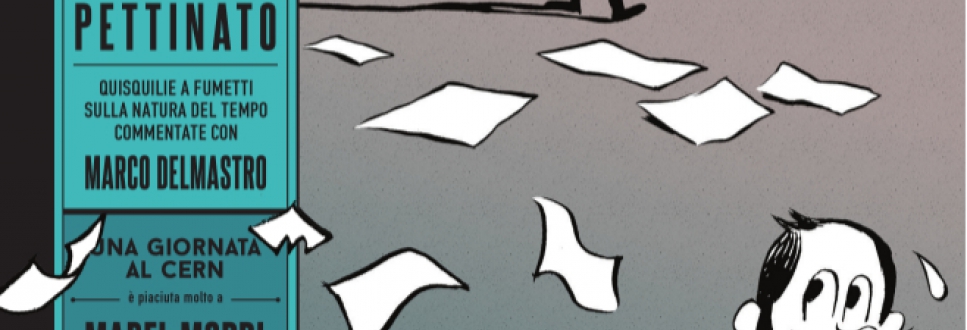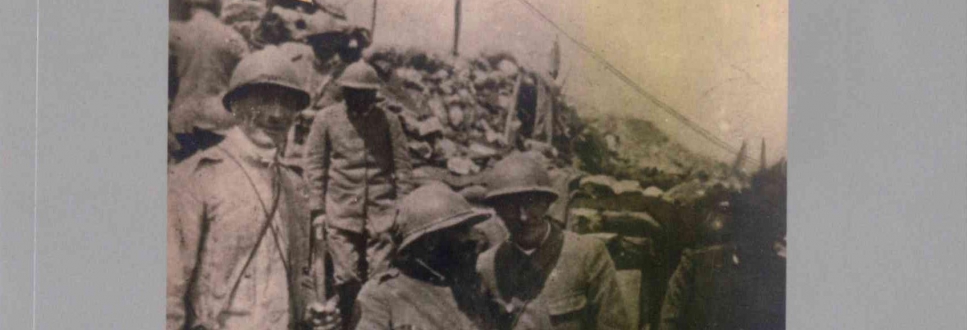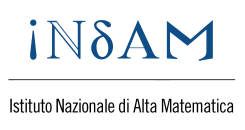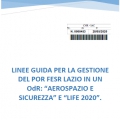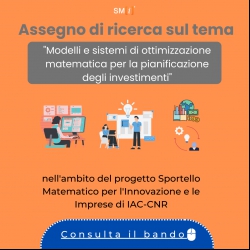
Multidimensional mathematical models of intracellular signal transduction
A new spatial model has been proposed to describe in a more accurate way signal propagation in cells.
Any external stimulus acting on the eukaryotic cell membrane, activates a cascade of reactions that regulate almost all the aspects of cell behavior, as for instance metabolism, movement or proliferation. Cells being a highly compartmentalized systems, with many different regions, the signal has to be transduced to the correct compartment. For instance, the nucleus of eukaryotic cells, and specifically the genomic DNA, is the target of many intracellular transduction pathways, which influence the expression of specific genes. In this work, we concentrate on molecular trafficking across the nuclear envelope and nucleo-cytoplasmic transport. For large molecules, the translocation across the nuclear envelope may proceed through the nuclear pore complexes using a system based on the Ran protein. Unlike other models, which have been proposed in the past, often formulated in terms of the averaged molecular concentrations, we propose here the first fully three dimensional integrated model for Ran-driven nuclear import of molecules, which incorporates diffusion and membrane transport for a large-scale model of living cell, and we support it with a detailed discussion of the crucial problem of parameters and pathways localization. For the first time, we also take into account the active transport along the microtubules of the importin-cargo complex, which is responsible for enhancing various signaling processes, as for instance the anti-tumor protein p53. The arising system of nonlinear partial differential equations is solved using an original numerical scheme based on Discontinuous Galerkin methods. Simulations are performed using experimental data in a realistic framework, with a nice agreement between virtual and laboratory results.
Reference: A. Cangiani, R. Natalini, A spatial model of cellular molecular trafï¬cking including active transport along microtubules, Journal of Theoretical Biology, 267 (2010), pp. 614-625



